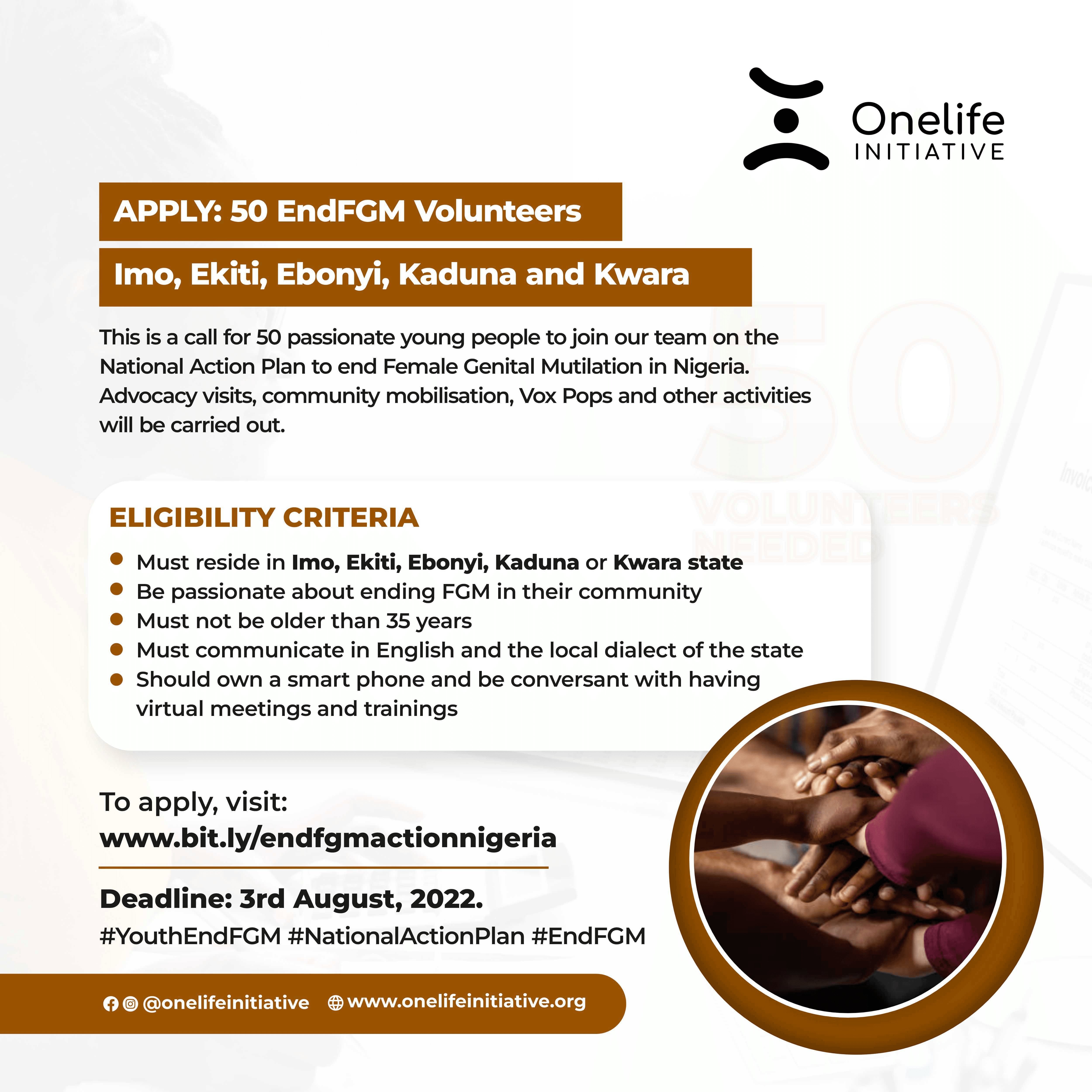How to track your menstrual cycle
Every adolescent experiences puberty. Physical changes that occur during puberty including; increase in height, growth of pubic hair, menstruation in females amongst others. Menstruation is the monthly shedding of the functional layer of the uterine endometrial lining that occurs when ovulation is not followed by fertilization. Menstruation, period and menses are different words used to describe the monthly flow of blood.
The occurrence of a first menstrual period in the female adolescent is called menarche. The average age of onset of menarche is 12.4 years. Most menstrual periods last between 3 and 7 days, and menses that last more than 10 days is considered abnormal. Menarche signals maturation of the adolescent female body. It commonly is associated with the ability to ovulate and reproduce. It means a girl can possibly get pregnant if she has sex. However, the appearance of menarche does not guarantee either ovulation or fertility. Girls need to learn about monthly periods before they reach puberty so as to reduce fear when they start their first period and know what to do when they start menstruating; how to maintain hygiene and how to take care of themselves. This will help a girl not to feel scared or insecure.
The menstrual cycle is usually around 28 days-long, though this can vary from 21 to 35 days. Each cycle involves the release of an egg (ovulation) which moves into the uterus through the fallopian tubes. Tissue and blood start to line the walls of the uterus for fertilisation. If the egg is not fertilised, the lining of the uterus is shed through the vagina along with blood. The bleeding generally lasts between two and seven days, with some lighter flow and some heavier flow days. The cycle is often irregular for the first year or two after menstruation begins.

Menstrual cycle (Day 1 – 7)
The period is considered the beginning of the menstrual cycle. A period normally lasts for around five days but can be as short as two days or as long as seven. There is usually around 2-6 tablespoons of blood lost during each period, depending on the heaviness of the flow. A period occurs because the uterus will shed its lining if an egg (ovum) is not fertilised.
Menstrual cycle (Day 8-14)
One of the ovaries releases an egg and the uterus begins to rebuild its lining. Only one egg is released in each cycle. The egg slowly travels down the fallopian tube from the ovaries towards the uterus. If the egg is fertilised by sperm before it arrives the uterus, the girl becomes pregnant.
Menstrual cycle (Day 15 – 28)
If the egg is not fertilised, the uterus wall continues to thicken until there is a sudden drop in hormone levels. The lining breaks down, and the next period begins.
It is important to know that the menstrual cycle differs per girl and women. The duration as above indicates the average times of the different phases in the menstrual cycle. To track changes in the menstrual cycle and to be prepared for periods a girl or woman can keep a private daily calendar to make them aware of their menstrual pattern. Keeping a calendar of every month for a year can help track menstruation.
- On the calendar, the day that menstrual blood starts flowing should be marked with a large’ X’ and then mark every day of bleeding with a small ‘x’. Days on which you observe vaginal secretions can be marked with a small ‘o’.
- If this is done every month you would be able to calculate the length of your cycle each month (meaning counting the number of days between the first day of your period to the day before you get the next period).
Note that there are also bracelets and apps that can be used to track periods. You can find some apps on Play stores.
Girls often experience significant changes in their usual cycle, some of the reasons for missing period include:
- Excess workload
- Poor food intake or unbalanced diet
- Effect of some medications
- First two years after starting your period
- During frequent breastfeeding (lactation amenorrhea)
- At the time of menarche (when menstruation first begins)
- When food intake is severely limited
- Following the menopause when menstruation ceases
Early months of menstruation are a sign that a girl’s reproductive system is becoming matured and therefore she can get pregnant. In order to prevent unintended pregnancy, tracking menstrual periods is important in order to be aware of the ovulation and safe periods. Safe periods do not necessarily mean one cannot get pregnant but the chances are lower, so it is not 100% safe. Abstinence is the most effective method, however for sexually active adolescents, it is important to make use of contraceptives, examples include condoms (male or female) which acts as a barrier and helps to prevent pregnancy and Sexually Transmitted Infections.



